Once you start getting passionate about coffee, you may wonder what a coffee bean really is. Or maybe you are on a diet that tells you to restrict legumes for health reasons. So, are your beloved coffee beans legumes? The short answer is no. They are not even beans! However, the long answer will leave you much more informed about where your coffee comes from.
How does coffee grow?
It shouldn’t be surprising that coffee is one of the largest traded commodities globally. Along with water, it’s one of the most popular drinks. However, coffee beans don’t just show up at your grocery store. To fully understand coffee beans and answer the pressing question, “Are coffee beans legumes?” we should look at how the coffee plant grows and how coffee is processed.
Botanically speaking, the coffee plants are species known as Coffea. They range in size from small shrubs to tall coffee trees. These plants have branches that produce red, yellow, or purple berries.
Inside the coffee cherry fruit are the seeds that will make our beautiful coffee beans. That’s right. Coffee beans are not technically beans — they are seeds!
The seeds that are not used to make coffee for consumption can be used to plant more coffee trees. Depending on the plant, it could take three to four years for the plant to yield the fruits. The life span for some coffee trees can vary from 20 to 30 years.
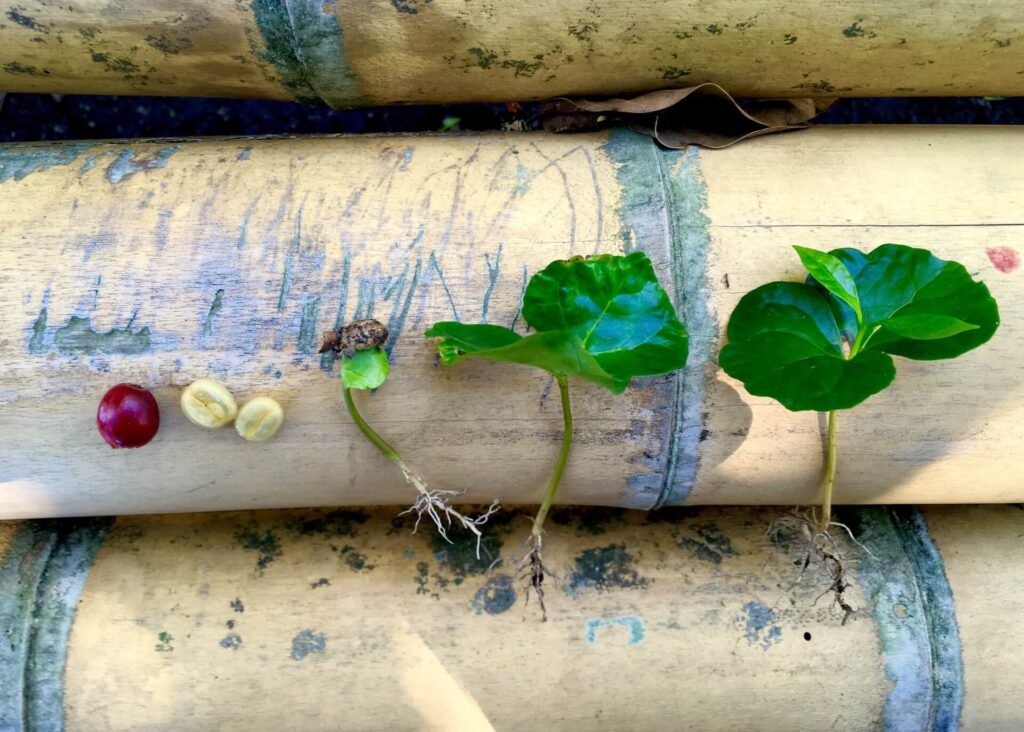
The tropical climate provides the ideal conditions for coffee growing. Therefore, the coffee-growing countries are located around the Equator. This area is called the Coffee Belt.
The highest production of coffee comes from Brazil, followed by other regions, such as Southeast Asia, South America, South Africa, Central America, and the Middle East. Where the coffee is grown, the surrounding conditions will influence the flavor due to air quality and elevation.
One of the most popular traded coffee beans globally comes from the Coffea Arabica plant, which produces Arabica beans. They account for about 80% of coffee production, and even Starbucks uses Arabica coffee beans at their cafes.
The second most common species that account for about 20% of coffee production is Coffea Canephora, which produces Robusta beans. These beans are often used in instant coffee.
Coffee lovers who study coffee regions and cultivars are similar to wine enthusiasts. They know that the flavor of coffee is based on the coffee tree type the seeds grow on and the country they are harvested in. That’s where the famous terms “earthy,” “full-bodied,” and “tangy” come from with our beverages. These regions are also labeled on the specialty coffee bags we purchase.
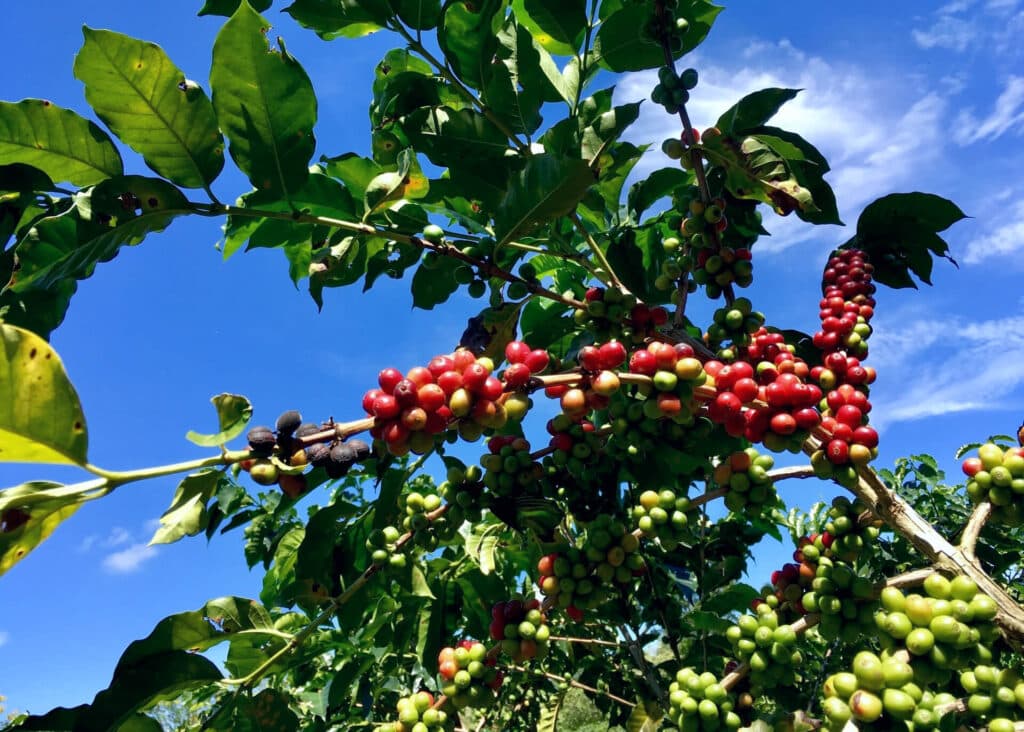
How is coffee harvested?
Typically, coffee trees yield one coffee harvest a year, which lasts for 2-3 months. The coffee is harvested from September to March in the countries above the Equator (such as Guatemala, Honduras, El Salvador, Nicaragua, Costa Rica, Panama) and from April to August in the countries to the South of the Equator (Ecuador, Peru, Bolivia, Brazil, Indonesia, Papua New Guinea).
In the countries located right on the Equator, like Colombia and Kenya, coffee trees bloom twice a year, yielding two harvests, the second one usually smaller than the first.
When the harvest season comes, coffee farms hire coffee pickers to help manually collect the coffee fruit, which is very labor-intensive. The pickers set out to the plantations with baskets tied to their waist that they use for collecting coffee cherries.
Specialty coffee growers use the selective picking method when only ripe fruit is collected from the trees. The coffee pickers need to come back a few times during the harvesting season until all the berries ripen and can be gathered.
A skilled coffee picker can pick 100 to 200 pounds of coffee cherries per day. After processing, this becomes 20 to 40 pounds of coffee beans.
Another method is strip picking, which is usually used for harvesting Robusta coffee. With this method, all the coffee cherries are stripped down from the branches in one go. Of course, some unripe coffee cherries get into the mix, leading to un-uniform drying and ultimately lower quality coffee.
The third method of coffee picking is by using a mechanical harvester. Brasil is where coffee picking machines are commonly used in coffee plantations. While it is an efficient method, machines need flat land to run, so some countries where coffee trees grow on the slopes of the mountains do not have the terrain suitable for that.
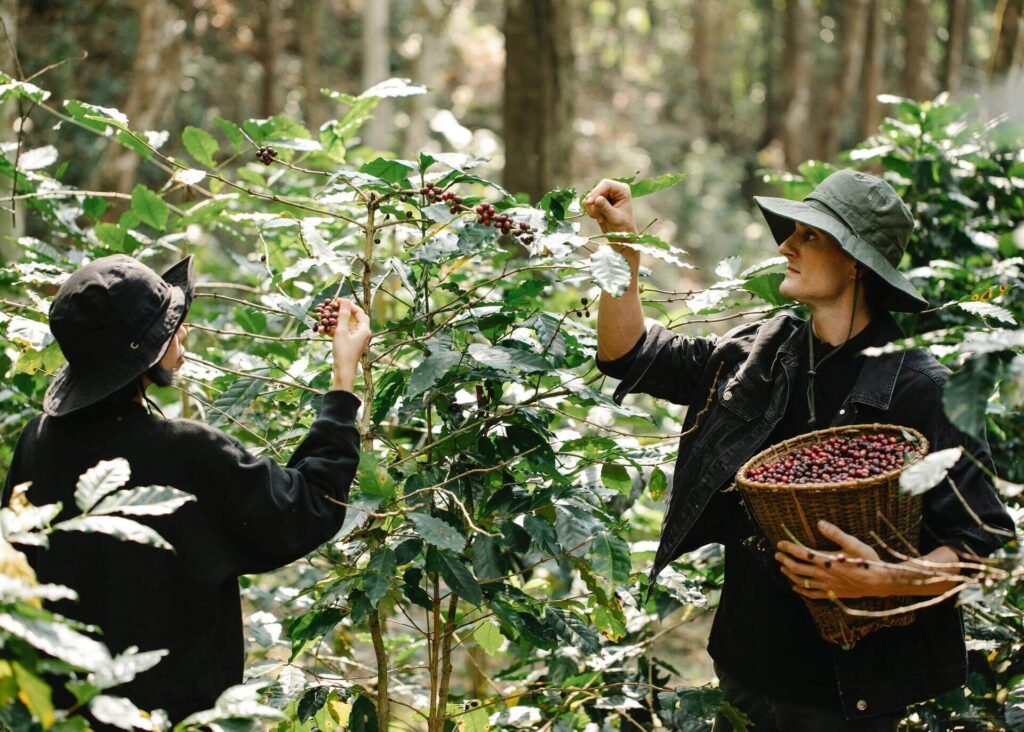
How are coffee beans processed?
After harvesting the coffee cherries, farmers need to remove the pulp and skin from the seeds.
Generally, there are two ways of processing coffee cherries. The first is the wet coffee processing method. The coffee cherries are passed through a de-pulping machine that separates the skins with the flesh from the seeds. The coffee seeds then run through water channels until they land in water-filled fermentation tanks, where they stay for 10 to 48 hours until the remaining pulp dissolves. Then the coffee seeds are dried in the sun or using a mechanical dryer.
The second type is the natural or dry coffee processing method. It is preferred where there is less access to water or where coffee farmers want to achieve different flavor profiles. The coffee cherries are fermented in the sun for up to 30 days, and they are regularly raked and turned to make sure they dry evenly without spoiling. When the coffee cherries are sufficiently dried, the skins are mechanically removed from the seeds.
How does this affect the coffee flavor? The difference between these coffee processing methods is that the wet method produces sweeter and less acidic notes in the coffee seeds. The dry processing method will result in deep and earthy coffee flavors with hints of fermentation. Coffee processed using the wet method can be compared to the white wine and the dry method — to the red wine.
After processing coffee cherries, the skins and pulp can be dried and used to make a cascara beverage or coffee cherry tea. It has a sweet taste but will not have the same amount of caffeine as coffee. Cascara can also be used to make syrups. You might have seen cascara syrup flavored lattes on Starbucks menus.
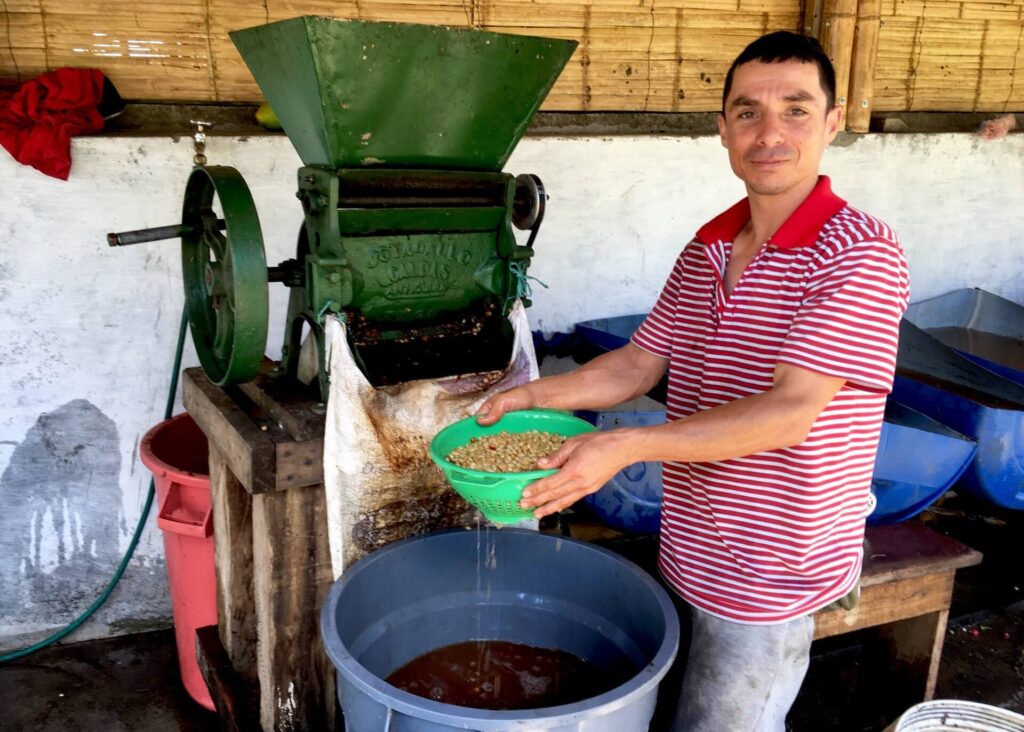
How are coffee beans sorted?
Even though industrial coffee factories have different processes, smaller specialty coffee growers pay exceptional attention to their coffee quality and sort the coffee beans manually. The coffee seeds will be sorted by hand in specialty coffee farms to ensure only the best quality coffee reaches us. Dried coffee seeds pass through sorting tables, where the farm workers discard defective ones damaged by bugs, diseases, or having any visual imperfections. It is a labor-intensive task, but it ensures the quality of the final product.
Most coffee cherries contain two seeds with flat sides. However, some coffee cherries are a bit different. They are usually found at the tip of the branches and are smaller. These coffee cherries contain a single round seed that resembles a pea, thus the name peaberry.
The peaberry seeds are sometimes manually sorted out from the batch and roasted separately. Coffee lovers appreciate the sweeter, more concentrated flavor that peaberry coffee has.
Once sorted, the green beans are packaged into bags and sent to coffee roasters. Green coffee seeds turn brown during the coffee roasting process and release a glorious aroma.
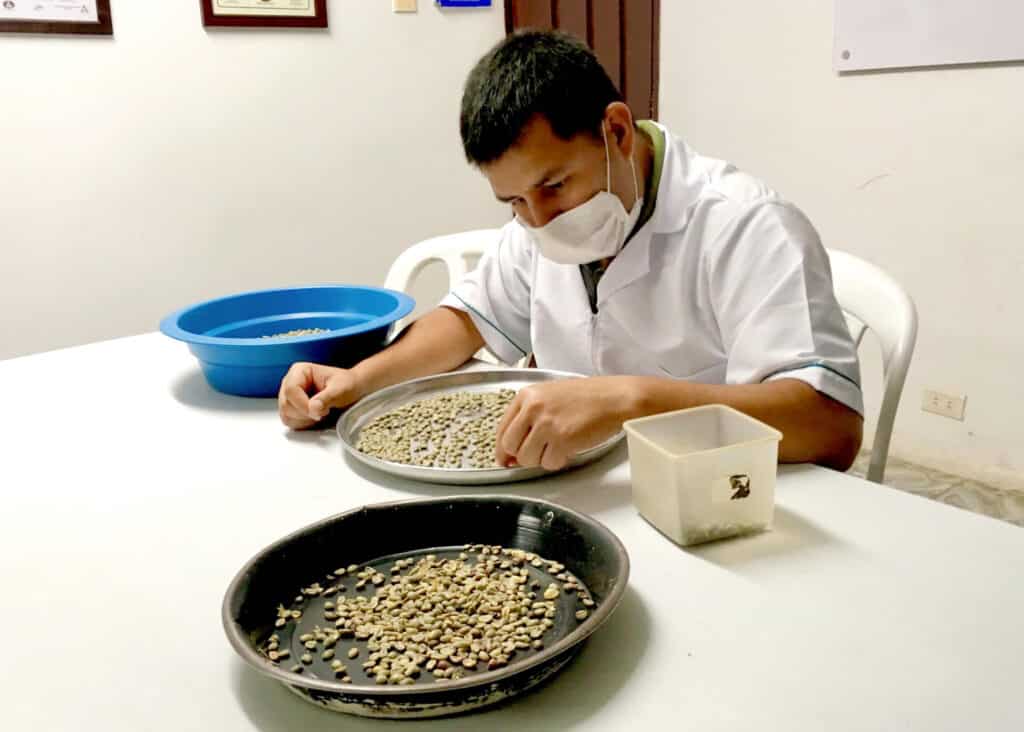
Is coffee a vegetable?
Some coffee lovers might believe that coffee beans are vegetables just because they’re called beans. However, coffee is a part of a fruit. The confusion will probably remain until someone changes the name to coffee cherry seeds or just coffee.
Beans, of course, are vegetables. They’re part of a classification called legumes. You can cook and consume peas, chickpeas, and other legumes. Not all legumes are edible, though some are grown for flowers or even for timber.
Coffee beans are generally not edible in the way that beans are, though some people might find roasted coffee beans edible to get the caffeine high. It has also become popular to pour dark chocolate over coffee beans.
Though coffee beans may not be vegetables, they are high in antioxidants. Most coffee drinkers consume more antioxidants from coffee than food or even green and black tea. While you can’t replace your daily vegetable or fruit intake by drinking coffee, several studies have shown that the caffeine and antioxidants in coffee can help reduce the risk of depression and aid short-term memory.
It’s good to know that a cup of flat white or latte can produce some health benefits!
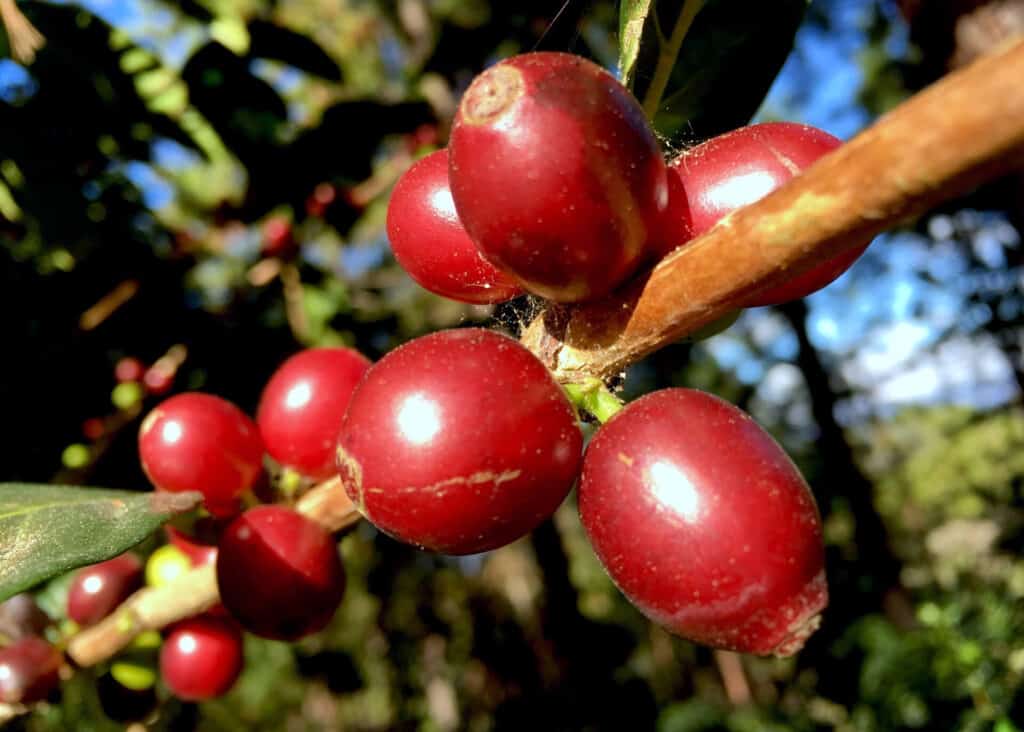
Are coffee beans legumes?
When you look at a coffee bean up close, it has a luxurious dark brown color and almost looks edible. It probably smells so good that eating it might be tempting! However, coffee beans are not edible like the beans we know as legumes. Instead, they are seeds that come from the coffee cherry plant.
Legumes come from the Leguminosae family, also known as the Fabaceae. These types of beans are harvested for our consumption, and we know them like peas, lentils, chickpeas, and soybeans, to name a few.
Beans and other legume family foods have substantial health benefits. For example, they are a great source of protein for those trying to minimize or avoid meat in their diet.
However, those who have allergies to peanuts sometimes have allergies to other legumes. Beyond that, beans are notorious for causing flatulence and other digestive issues. In that case, some might be relieved to learn that coffee beans are not legumes!
Since legumes are vegetables, and coffee beans are regularly referred to as “beans,” one can understand the confusion. Now you can easily answer the question as to why coffee beans are not in the bean aisle at the grocery store. Mystery solved!
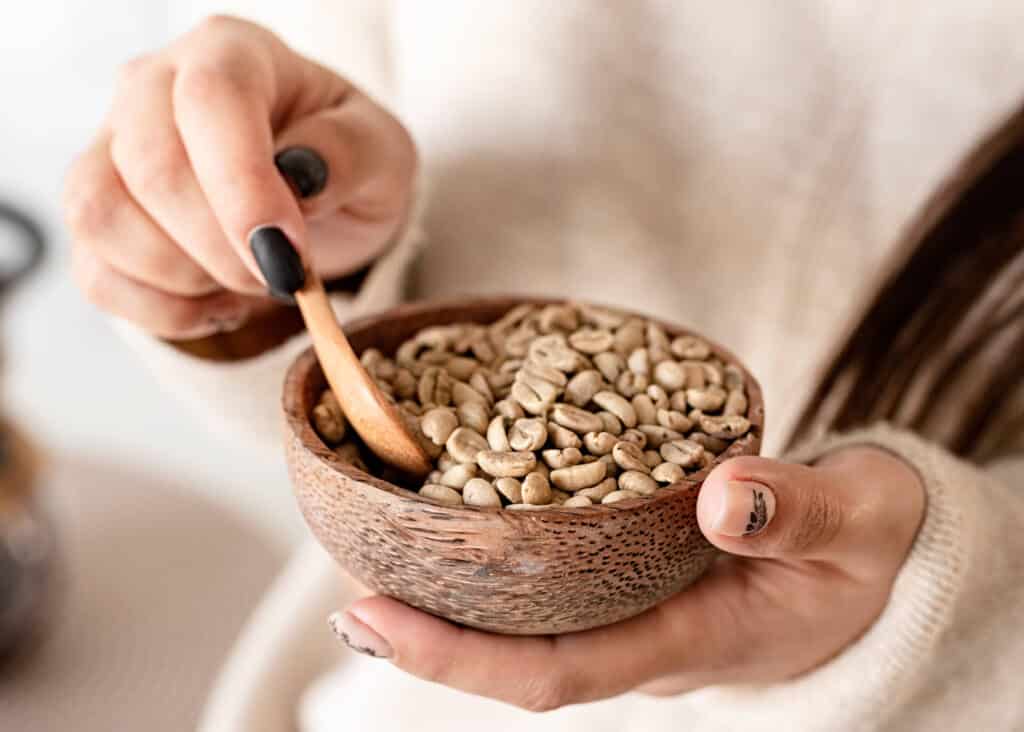
Are coffee beans a fruit?
There was a debate on whether tomatoes were a fruit or vegetable in the past. While tomatoes are biologically classified as fruit because they have seeds, their flavor blends better with vegetables, so they are often thought of as vegetables.
The same sort of confusion swirls around the coffee bean. We know coffee starts its journey on coffee trees that produce fruit, but does that make coffee beans a fruit? The coffee plant bears a stonefruit. Stonefruits have flesh and pulp and contain seeds that resemble stones. Common examples of these fruits are peaches, plums, and cherries.
Coffee cherries contain one or two coffee seeds. The coffee cherry pulp has a sweet fruity flavor. However, the raw coffee seeds are not edible. These seeds have a bitter taste before they are roasted.
There is another interesting point regarding the botanical classification. While the coffee cherry has the same stone fruit status as the red cherries you usually eat, it is classified under the genus Coffea, not the genus Prunus that cherries sold in grocery stores belong to.
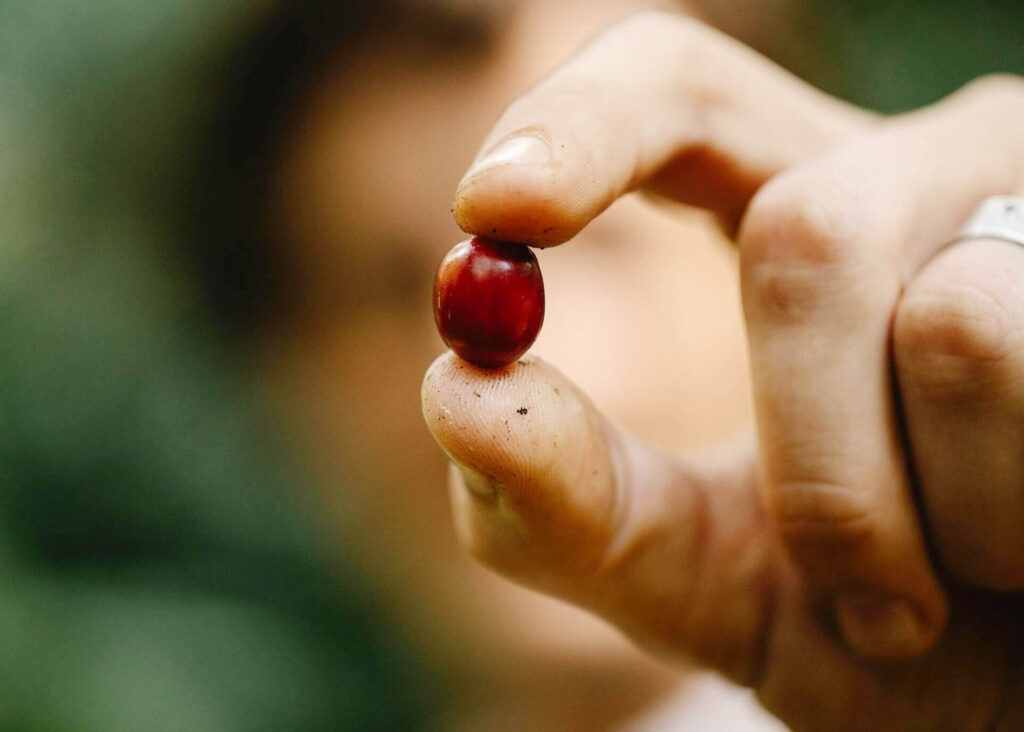
Why are coffee beans called beans?
Now that we know coffee beans are seeds from a fruit, why do we still call them beans? They are called beans strictly because of their shape and size, similar to a white or black bean. That’s it! These beans are not meant for eating.
Technically, coffee beans should be called coffee cherry seeds since they come from coffee cherry plants. When roasted, those seeds give that wonderful aroma to our coffee. When not roasted, a coffee bean is just a seed that you can plant to grow a coffee tree.
To what botanical family do coffee plants belong?
As you now know, the coffee bean comes from the coffee tree, which is a flowering plant that produces a coffee cherry fruit. In biological terms, our beloved coffee drink comes from the botanical plant family Rubiaceae. These small shrubs with dark green leaves grow red, yellow, or purple fruit. The coffee cherries contain the coffee seeds needed to make the future roasted beans.
To get further into botanical classification, both Coffea Arabica, which produces Arabica beans, and Coffea Canephora, which produces Robusta beans, are in the family Rubiaceae. The more commonly used of the two, Arabica, is a natural hybrid between Coffea canephora and Coffea eugenioides. This merger took place more than 500,000 years ago, so modern coffee lovers can’t take credit for it!
As a coffee lover, you can now let your fellow coffee enthusiasts know the definition of a coffee bean. Coffee beans are seeds, and their shape is the only thing in common with the legumes of the same name. So, the next time you enjoy a cup of cappuccino or espresso at your favorite coffee shop, you can appreciate the process of how coffee is grown and harvested.
Ready to test your knowledge of all things coffee? Check out my Coffee Trivia questions to challenge yourself and learn fascinating facts that even baristas might not know!
